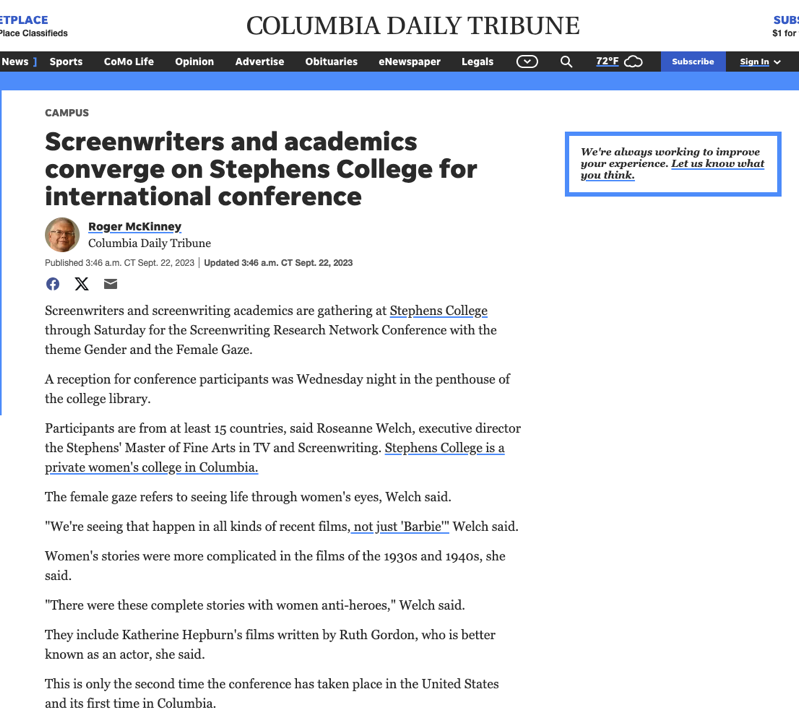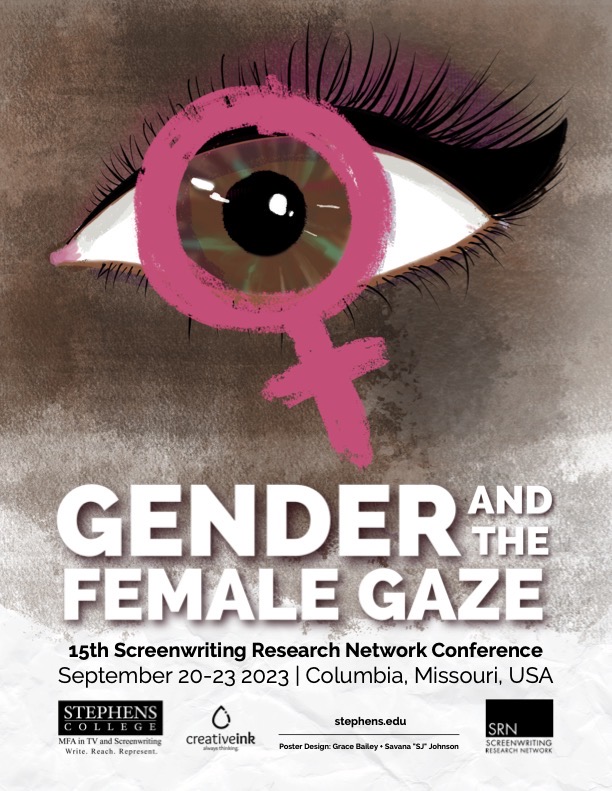Though she never wrote a horror film, to celebrate Halloween this month’s focus is screenwriter, poet, and Pulitzer Prize-winning author, Zoe Akins, born on October 30, 1886. In 1935 Akins would become the third woman to win the Pulitzer Prize for Drama, the highest honor for a Broadway play in the United States, after Zona Gale (1921) and Susan Glaspell (1931). Akins’ win came from her dramatization of Edith Wharton’s The Old Maid. Four years later the play was adapted by Casey Robinson into a film starring Bette Davis, even though Akins had begun adapting plays and turning out her own screenplays in the early 1930s. Throughout her career, she collaborated with some of the most important women both behind and in front of the cameras which has kept her work in the public eye.
Read From Silents to Talkies to TV Lenore J. Coffee Did It All
Read about more women from early Hollywood
Podcast: Play in new window | Download
Subscribe: RSS










